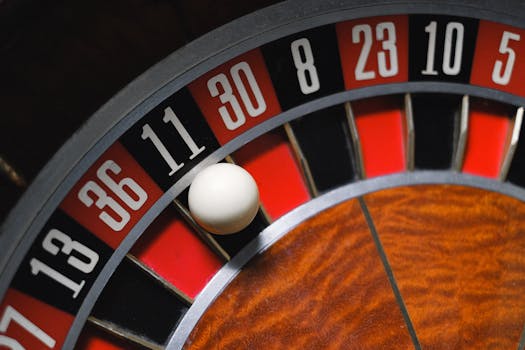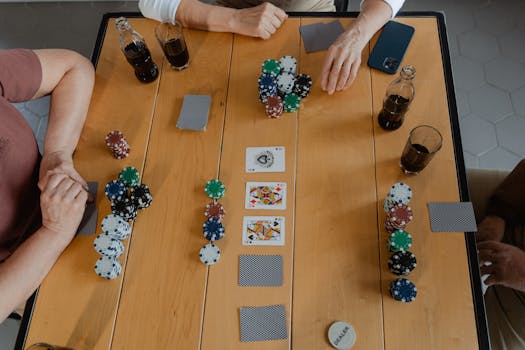Redefining Your Wins: Understanding RTP in Gambling
Grasping the concept of Return to Player (RTP) is indispensable for anyone engaged in gambling, from casual enthusiasts to seasoned bettors. RTP, a critical term in gaming, indicates the percentage of wagered money that a slot machine or other game will pay back to players over time. This value is theoretical and derived from extensive gameplay. A sound understanding of RTP can guide players in selecting more favorable games.
What is RTP?
RTP, or Return to Player, is a metric expressed as a percentage. For instance, a slot machine with an RTP of 96% theoretically returns $96 for every $100 wagered over an extended period. The remaining 4% represents the house edge, the casino’s profit margin.
The Significance of RTP in Gambling
RTP is vital because it provides insights into potential returns, helping players tailor their betting strategies. A higher RTP signifies a smaller house edge, enhancing your winning prospects over time.
High vs. Low RTP Games: A Comparison
Benefits of High RTP Games
- Enhanced Winning Odds: High RTP games generally offer better long-term winning chances.
- Extended Play Sessions: A higher return allows players to enjoy longer sessions with the same bankroll.
- Ideal for High Rollers: Players seeking minimal risk and steady returns might favor games with high RTP.
- Smaller Payouts: These games might offer smaller payouts, though more frequently, compared to high volatility games.
- Potentially Less Exciting: The frequent but smaller payouts might not appeal to thrill-seeking players.
- Larger Jackpots: Typically, games with a lower RTP provide bigger jackpots and higher volatility.
- More Thrilling: The prospect of significant wins makes these games more exciting and engaging.
- Increased Risk: A lower RTP increases the risk of depleting your bankroll more quickly.
- Infrequent Wins: Players may experience longer periods without winning.
Drawbacks of High RTP Games
Benefits of Low RTP Games
Drawbacks of Low RTP Games
Practical Examples
Imagine two slot games: one with an RTP of 98% and another at 85%. The first slot, with its higher RTP, generally returns more to the player, making it preferable for those who value steady wins. The second slot, with its lower RTP, may offer larger jackpots but less frequent payouts.
Conclusion and Recommendations
Comprehending RTP is crucial for any gambler aiming to effectively manage their bankroll and enhance their winning potential. When selecting a game, weigh both the RTP and your personal gambling objectives. If you favor regular wins and prolonged play, choose high RTP games. Conversely, if the excitement of big jackpots appeals to you, a game with a lower RTP might be more suitable. Always gamble responsibly and consider RTP as one of several factors in your betting strategy.
Remember, RTP offers a theoretical outlook based on long-term performance. While it can guide your choice of games, it does not assure specific outcomes. Enjoy your gaming, and may luck be on your side!

.png)





